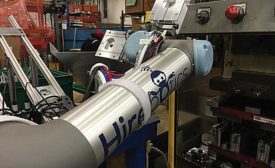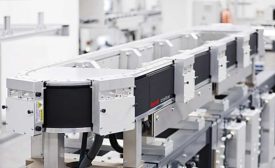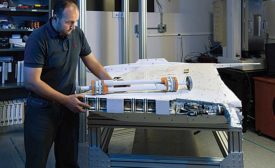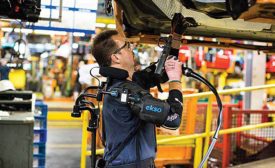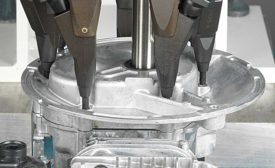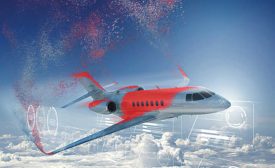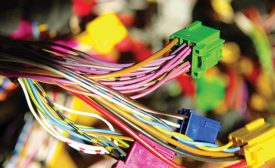Austin Weber
Austin has been senior editor for ASSEMBLY Magazine since September 1999. He has more than 21 years of b-to-b publishing experience and has written about a wide variety of manufacturing and engineering topics. Austin is a graduate of the University of Michigan.
ARTICLES
Robots-for-hire provides a new way for small manufacturers to automate
Read More
Industry 4.0 Drives Conveyor Technology
New products feature flexibility and energy efficiency
April 4, 2018
Exoskeletons Lend a Lift at Ford
New technology makes overhead tasks less stressful on operators.
March 2, 2018
What’s New With Automatic Screwdriving?
Flexible feed and drive systems improve productivity.
February 5, 2018
The Growing Role of Plastics in Aerospace Assembly
Demand for lightweight applications is creating a new role for thermoplastics.
February 1, 2018
Harness Assemblers Benefit From IIoT
The Industrial Internet of Things improves data collection and traceability
January 12, 2018
Never miss the latest news and trends driving the manufacturing industry
Stay in the know on the latest assembly trends.
JOIN TODAY!Copyright ©2024. All Rights Reserved BNP Media.
Design, CMS, Hosting & Web Development :: ePublishing

